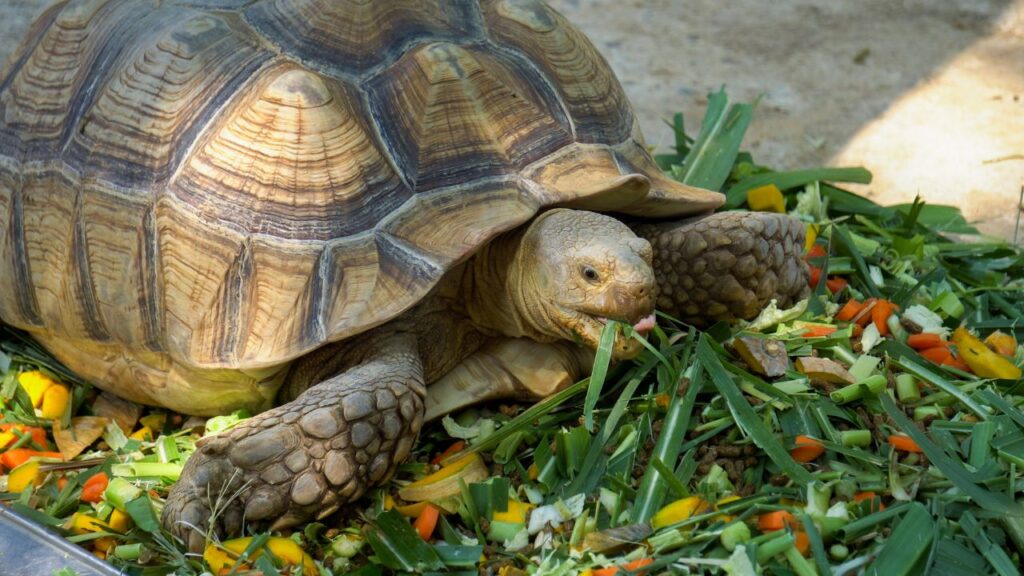As darkness falls, a whole new cast of characters emerges from the shadows. These nocturnal hunters have evolved remarkable adaptations to thrive in the dark. From silent flight to night vision that puts our own to shame, these creatures are masters of their moonlit domains. Join us as we explore 15 of the most impressive night-time predators, each with its own unique set of skills for surviving and thriving after sunset. You might be surprised to learn what’s lurking in your garden after dark!
Great Horned Owl
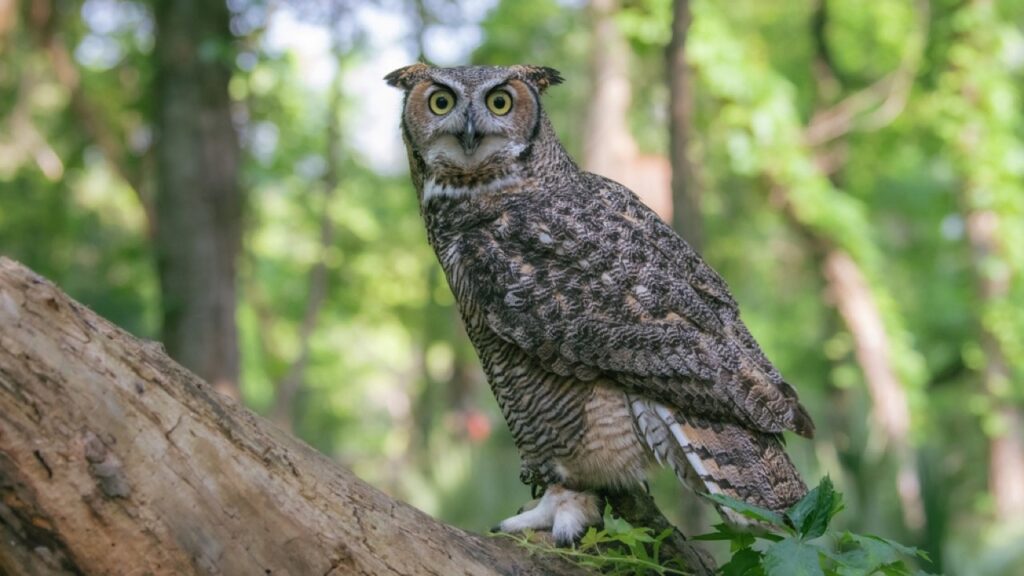
The great horned owl is a fearsome hunter of the night sky. With its piercing yellow eyes and razor-sharp talons, this bird can take down prey much larger than itself. Its soft feathers allow for silent flight, making it nearly impossible for its victims to hear it coming. These owls have incredibly strong grip strength, able to exert up to 30 pounds of pressure with their talons.
Leopard
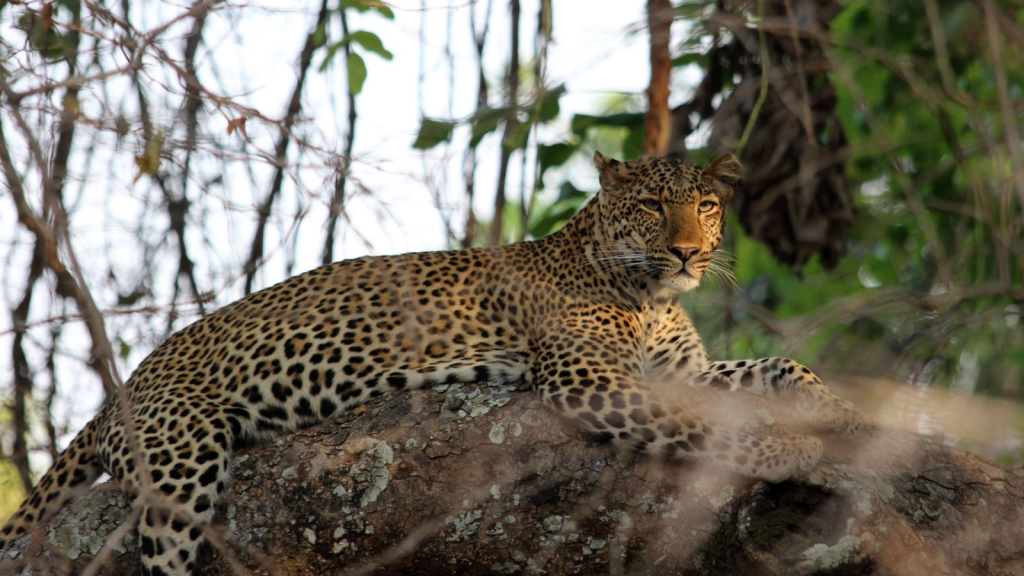
The leopard is a stealthy big cat that does most of its hunting under cover of darkness. Its spotted coat provides excellent camouflage in the dappled moonlight of forests and savannas. These powerful cats can drag prey twice their own weight up into trees to keep it safe from other predators. Leopards are also excellent swimmers and don’t hesitate to chase prey into water.
Barn Owl
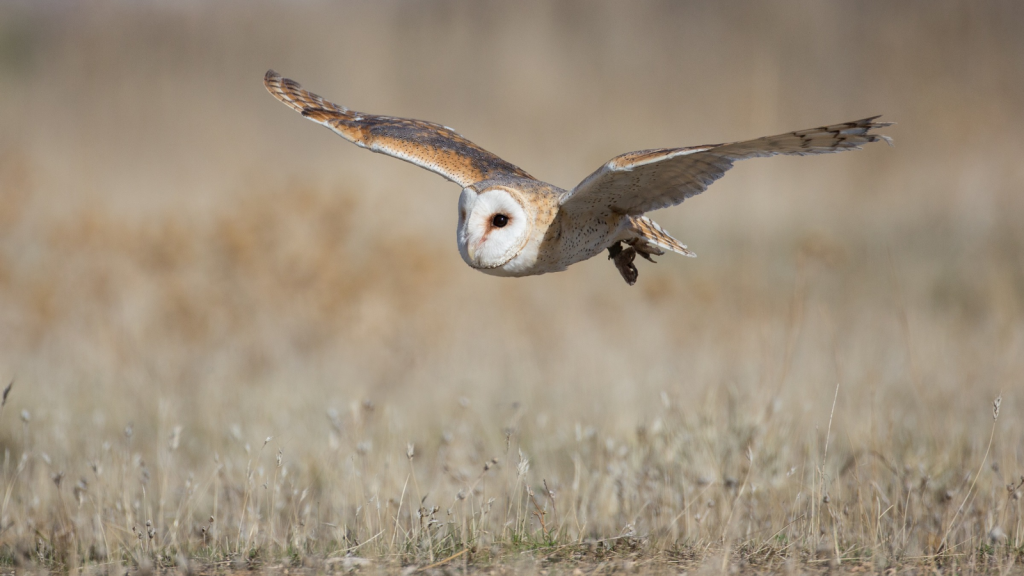
With its heart-shaped face and ghostly white plumage, the barn owl is a striking sight in the night sky. These birds have incredible hearing, able to pinpoint the exact location of a mouse moving through grass in complete darkness. They’re a farmer’s best friend, keeping rodent populations in check. Barn owls can eat up to 1,000 mice per year, making them incredibly effective pest controllers.
Fox
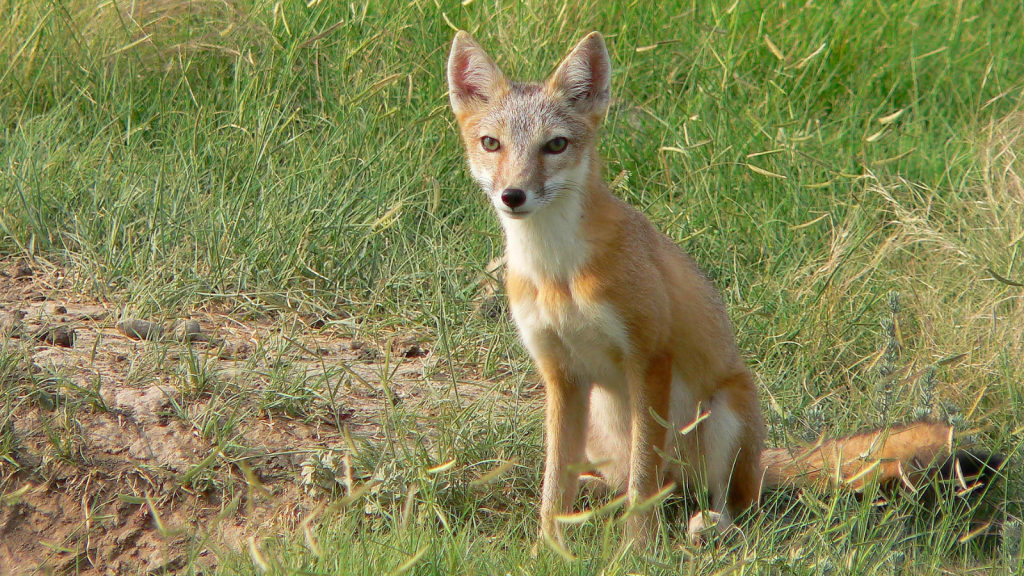
Foxes are adaptable predators that thrive in both rural and urban environments. Their keen senses and quick reflexes make them excellent hunters of small mammals and birds. Foxes are also opportunistic feeders, happy to raid bins or scavenge when the chance arises. They have an incredibly varied diet, eating everything from earthworms to fruit to small deer, depending on what’s available.
Badger
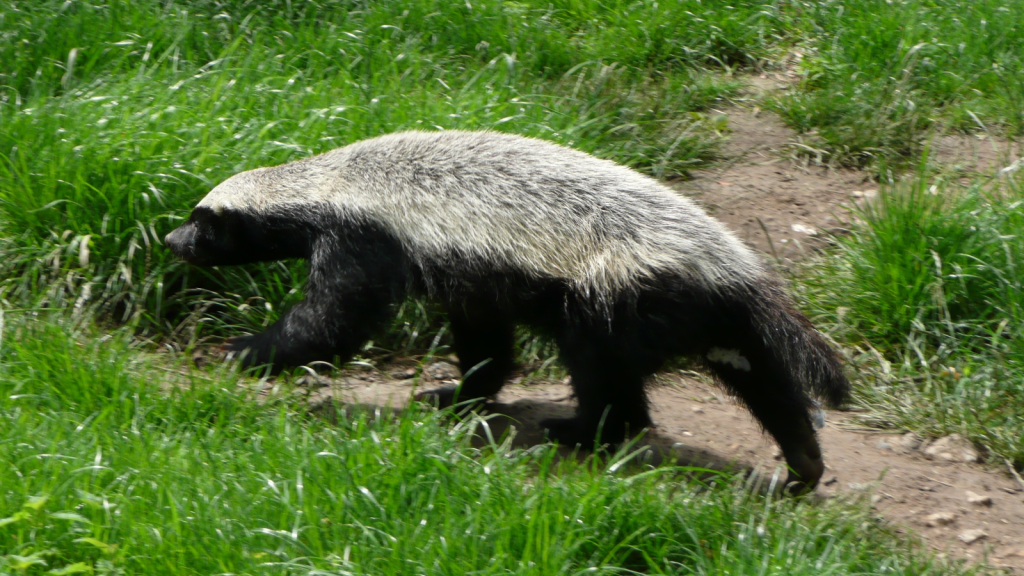
The badger is a sturdy, powerfully built mammal that comes out at night to hunt. With its strong claws and thick skin, it’s well-equipped to dig for its favourite foods: earthworms, grubs, and small animals. Badgers have poor eyesight but an excellent sense of smell to help them find food in the dark. They’re also one of the few predators that can tackle hedgehogs, using their strong claws to unfurl them.
Hedgehog
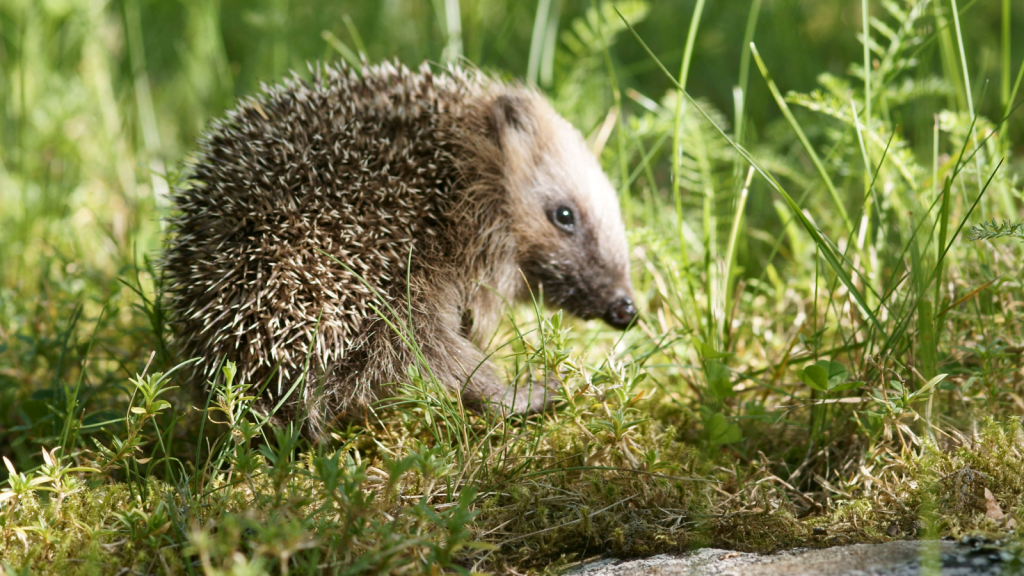
While not typically thought of as a predator, the hedgehog is actually a voracious hunter of insects, snails, and even small vertebrates. Its spiny coat offers protection from larger predators, allowing it to roam gardens and woodlands in relative safety. Hedgehogs have poor eyesight but make up for it with keen hearing and a sharp sense of smell. They’re immune to many toxins, allowing them to eat creatures that other predators avoid, like poisonous millipedes.
Tawny Owl
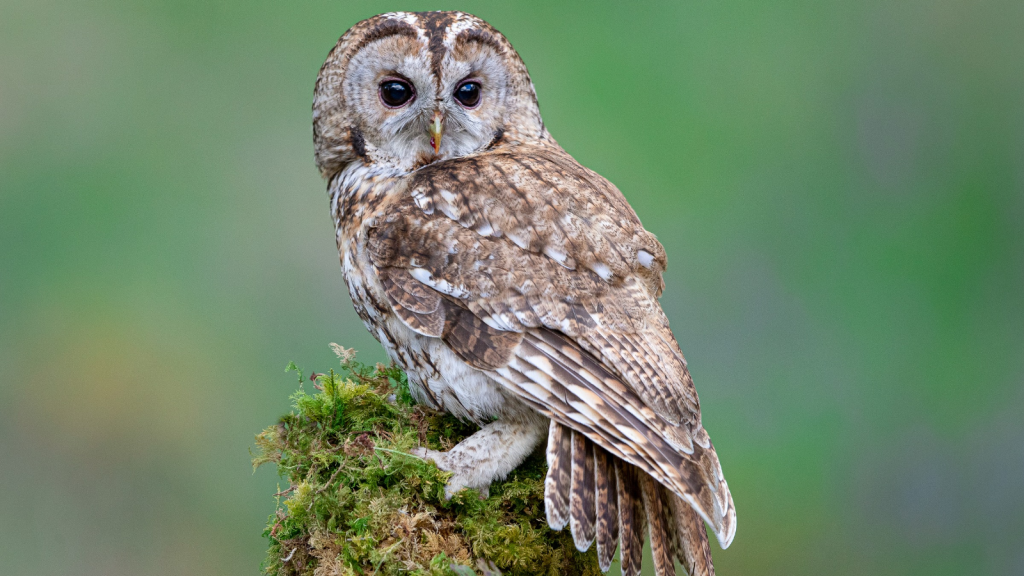
The tawny owl is a common sight (or rather, sound) in woodlands across the UK. Its distinctive “twit-twoo” call is actually a duet between male and female birds. These owls have excellent hearing and can turn their heads almost all the way around to pinpoint the source of a sound. Tawny owls are highly territorial and will fiercely defend their patch against intruders, even attacking much larger birds of prey.
Pine Marten
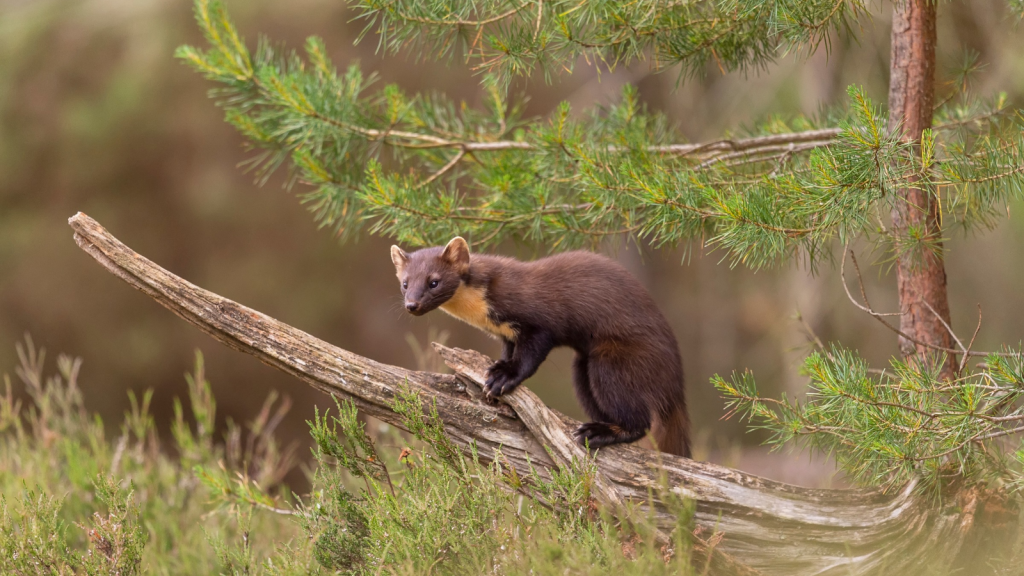
The pine marten is a sleek, agile hunter that moves effortlessly through the treetops. With sharp claws and a long, bushy tail for balance, it’s perfectly adapted for life in the forest canopy. Pine martens have a varied diet, including small mammals, birds, insects, and even berries. They play a crucial role in controlling grey squirrel populations, which has indirect benefits for native red squirrels.
Bat
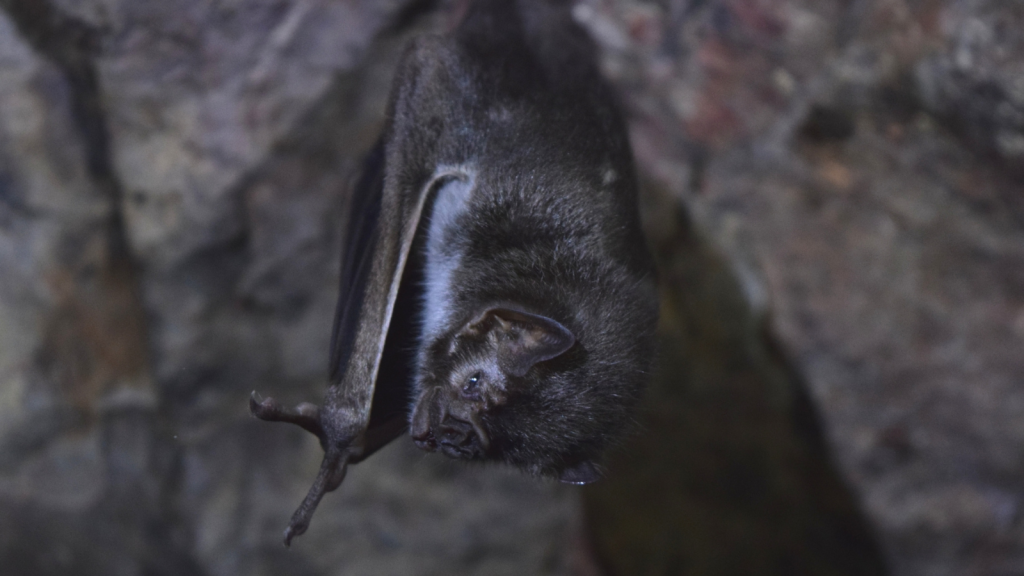
Bats are the only mammals capable of true flight, and they use this ability to great effect when hunting at night. Many species use echolocation to find their insect prey, emitting high-pitched squeaks and listening for the echoes. Some larger bats can catch small birds or fish. A single pipistrelle bat can eat up to 3,000 insects in one night, making them excellent natural pest controllers.
Wolf
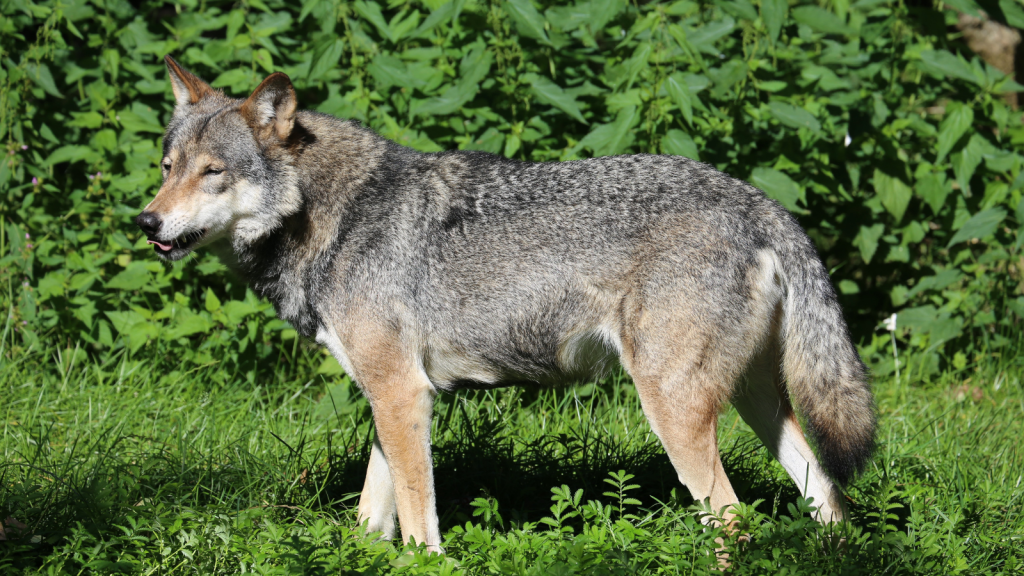
Though no longer found in the wild in the UK, wolves remain some of the most impressive nocturnal predators. These social animals hunt in packs, using teamwork to bring down prey much larger than themselves. Their howls, used for communication, are an iconic sound of the wilderness. Wolves can run at speeds of up to 40 miles per hour and can travel up to 30 miles in a day when hunting.
Otter
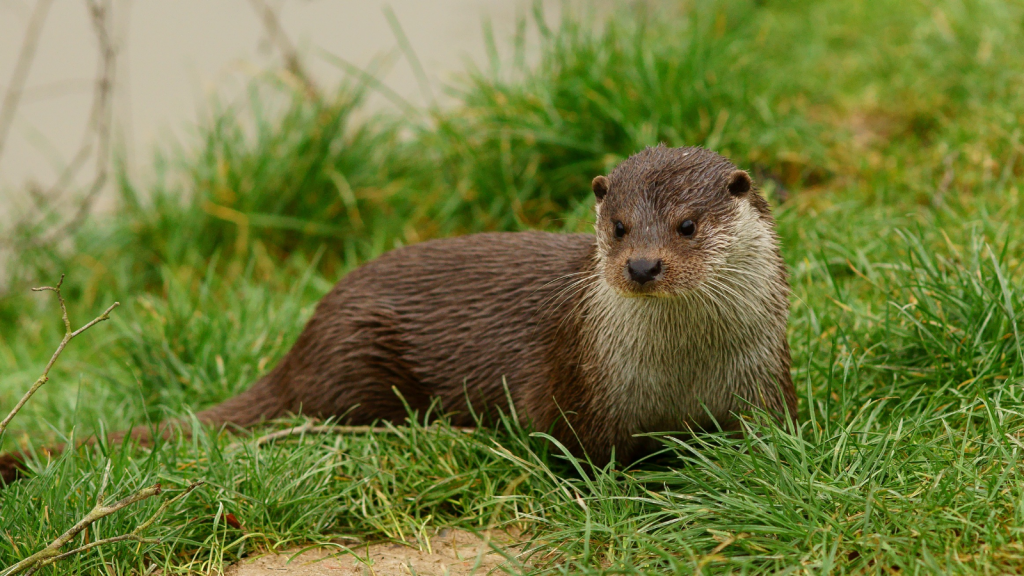
Otters are playful creatures by day, but at night they become skilled hunters in both fresh and salt water. Their sleek bodies and webbed feet make them excellent swimmers, able to chase down fish with ease. Otters also have very sensitive whiskers that help them detect prey in murky water. They’re one of the few animals known to use tools, often using rocks to crack open shellfish.
Stoat

The stoat is a small but fierce predator, capable of taking down rabbits several times its size. In winter, its coat turns white (except for the black tip of its tail) to blend in with the snow. Stoats are known for their “dance of death”, a mesmerising display that often leaves their prey transfixed. Despite their small size, stoats are incredibly bold and have been known to attack animals as large as hares and grouse.
Nightjar
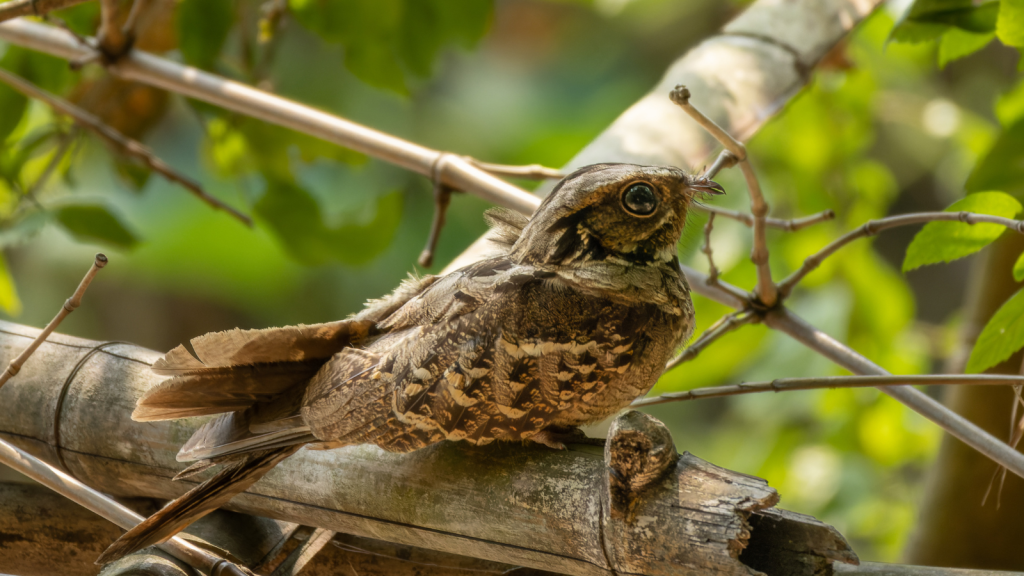
With its wide mouth and whisker-like feathers, the nightjar is perfectly adapted for catching flying insects. These birds are masters of camouflage, their mottled brown plumage blending seamlessly with tree bark during the day. At night, they take to the skies to hunt moths and beetles. Nightjars have a unique way of drinking, skimming the surface of water bodies in flight to scoop up water.
Glow Worm
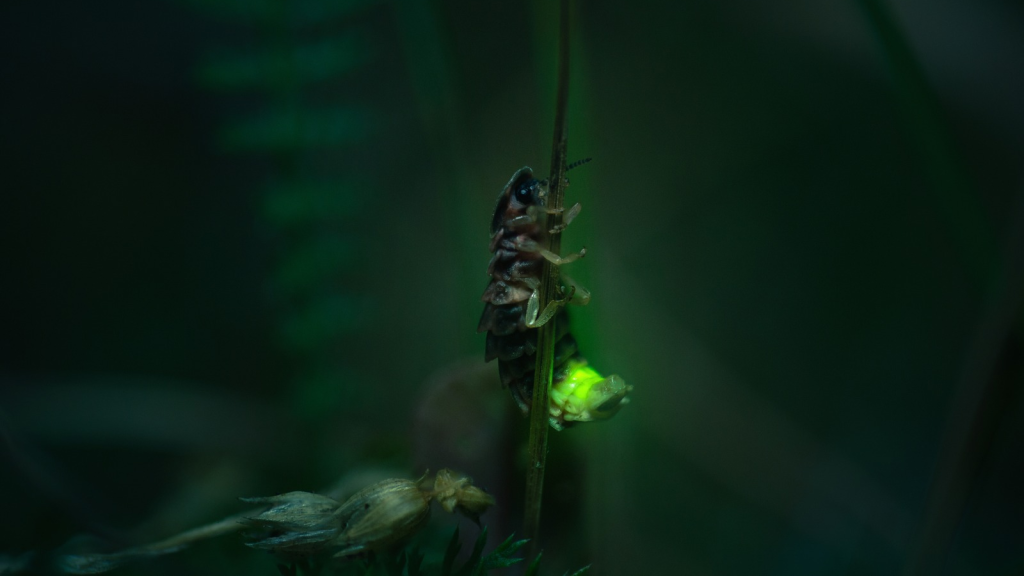
Despite its name, the glow worm is actually a beetle. The females emit a green light from their abdomens to attract males. But this light serves another purpose: it’s also used to lure in their prey. Glow worms feed on snails, using a potent venom to paralyse their victims. The larvae of glow worms can glow too, and they use this ability to warn predators that they taste unpleasant.
Cat
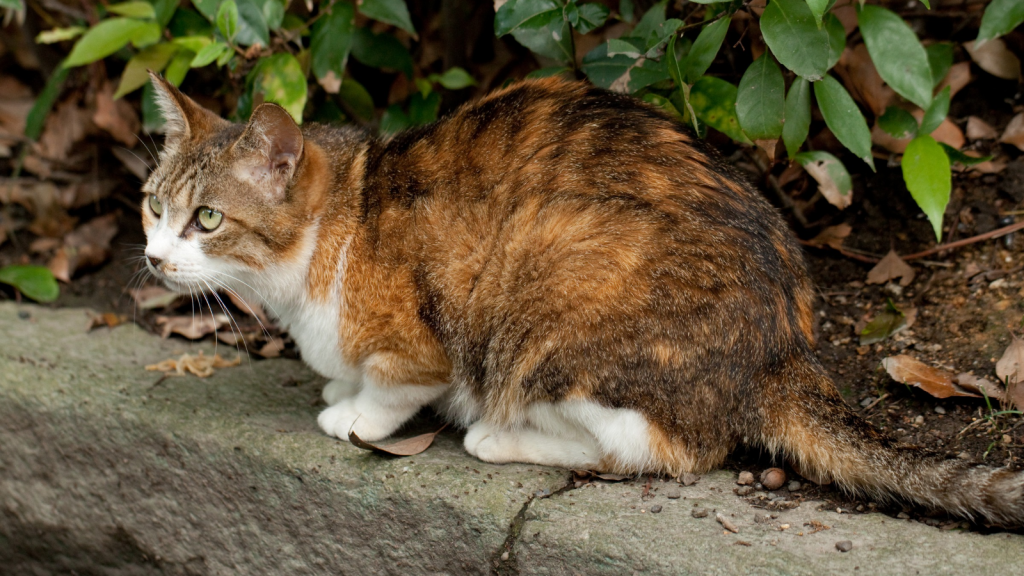
Our familiar feline friends are actually formidable nocturnal predators. With their excellent night vision, sharp claws, and silent movement, cats are perfectly equipped for hunting in the dark. While many domestic cats are well-fed pets, their hunting instincts remain strong, as many garden birds and small mammals can attest. A cat’s hearing is so acute that it can detect the ultrasonic calls of rodents, giving them a significant advantage when hunting.
Becky is a fervent wildlife enthusiast and pet care expert with a diploma in canine nutrition. Her love for animals stretches beyond the domestic, embracing the wild tapestry of global fauna. With over a decade of experience in animal welfare, Becky lends her expertise to OutlandishOwl through insightful articles, captivating wildlife information, and invaluable guidance on pet nutrition. Her work embodies a deep commitment to understanding the intricate lives of animals and a passion for educating others on sustaining natural habitats. Becky's hands-on conservation efforts and her knack for translating complex dietary science into practical pet feeding tips make her an indispensable voice for creatures great and small.




